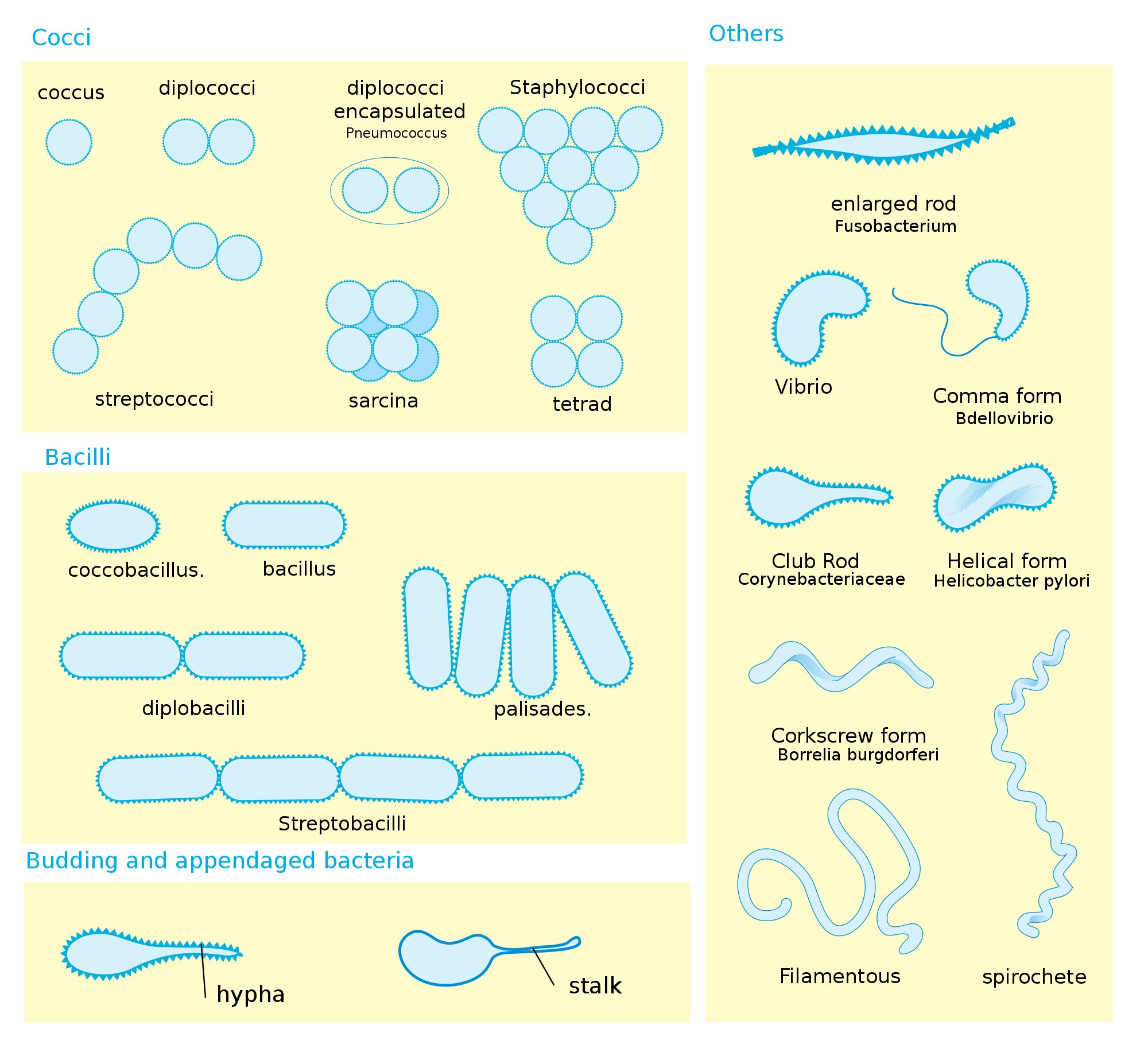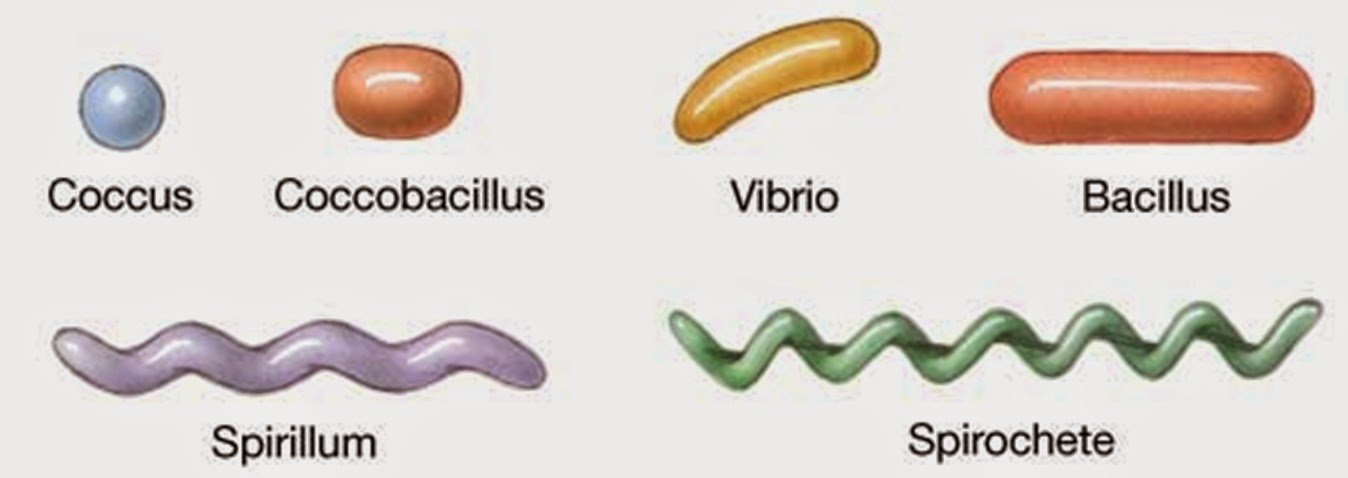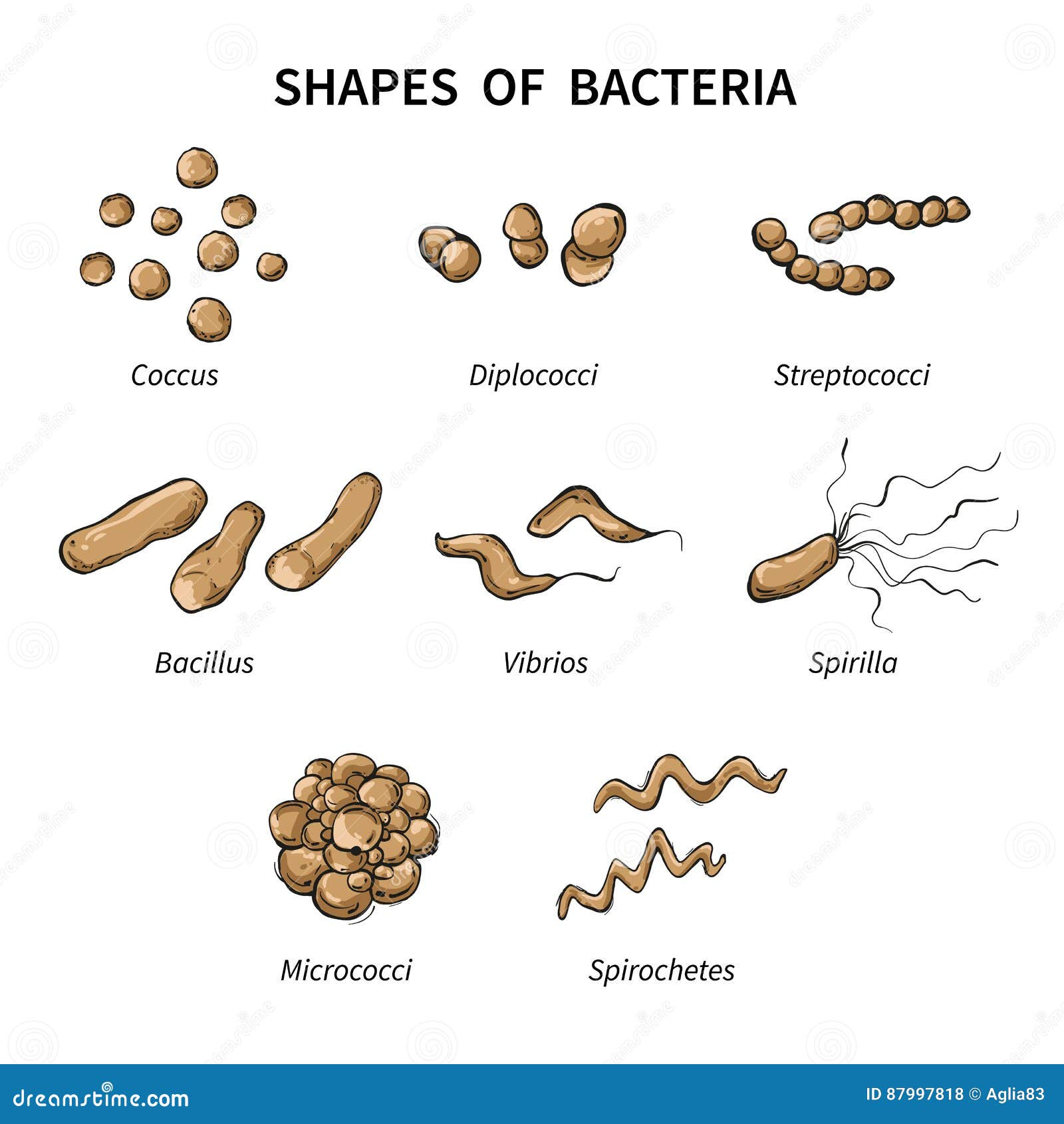
Staphylococcus saprophyticus (causes urinary tract infections).Staphylococcus haemolyticus (found in hospital staph infections).
TWO TYPES OF BACTERIA SHAPES SKIN


TWO TYPES OF BACTERIA SHAPES DOWNLOAD
(If you didn't print out this resource in Lesson One, please download and print it from Downloadable Resources in the right-hand sidebar.)īacteria Classification by Shape, by Biology Professor: Use the illustration below to check to see if you were correct:įill in the blanks and answer the questions for Lesson Six, B acterial Shape Classification, in your Viruses and Bacteria Unit Workbook, as you watch the video on bacteria classification below. What do you think a chain of coccus would be called?.What would a pair of bacillus-shaped bacteria be called?Ī chain of bacillus is called streptobacilli.The prefix Strepto- means in chains, which means that the bacteria come together in straight lines.Ī pair of coccus-shaped bacteria would be called diplococcus. The prefix Staphylo- refers to grape-like, which means they come together in clusters. The prefix Diplo- means two, which means they come together in pairs.

The image below shows six of the more common shapes:īacteria are also classified by organization in groups. The most common shapes are the coccus, bacillus, and spirillum, but there are many more bacterial shapes overall. Bacteria can be classified two ways: by shape and by organization in groups. Doctors and researchers were able to identify the bacteria and implement treatment plans.īefore moving on, if you missed, or need to review, the previous five Related Lessons in this Viruses and Bacteria series, find them in the right-hand sidebar.īacteria are mighty little microbes that come in many shapes, which allows doctors and researchers to quickly identify the more common bacterial diseases. When people came in contact with the contaminated water, they became infected.

Vibrio cholerae bacteria are found in brackish water. The medical personnel quickly realized it was cholera, caused by the bacteria vibrio cholerae.


 0 kommentar(er)
0 kommentar(er)
